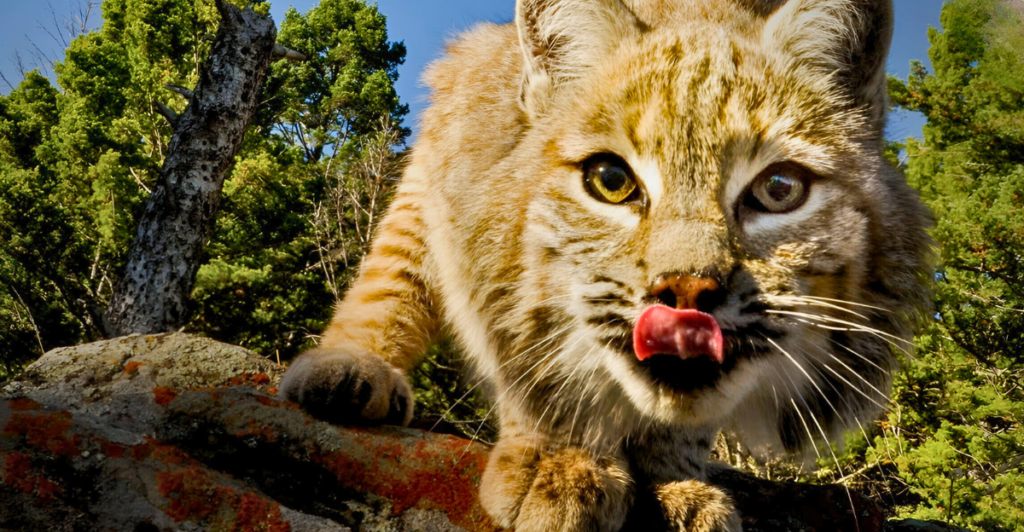
First it was raccoons, then coyotes—and now? Bobcats. These elusive wildcats are making surprise appearances in suburbs and even backyards, leaving residents somewhere between fascinated and mildly freaked out.
But don’t panic just yet. Bobcats aren’t stalking your family barbeque—they’re navigating a changing world. Habitat loss, booming prey populations, and seasonal shifts are all pushing them closer to human spaces. They’re not out for confrontation—they’re just surviving in a landscape we’ve reshaped.
Still, the sightings are increasing, and understanding why is key. If bobcats are becoming our new neighbors, we’d better learn how to coexist without causing chaos. Let’s unpack what’s really driving this unexpected feline wave—and what it means for you (and your pets).
Habitat Fragmentation – Wild Cats, Broken Homes
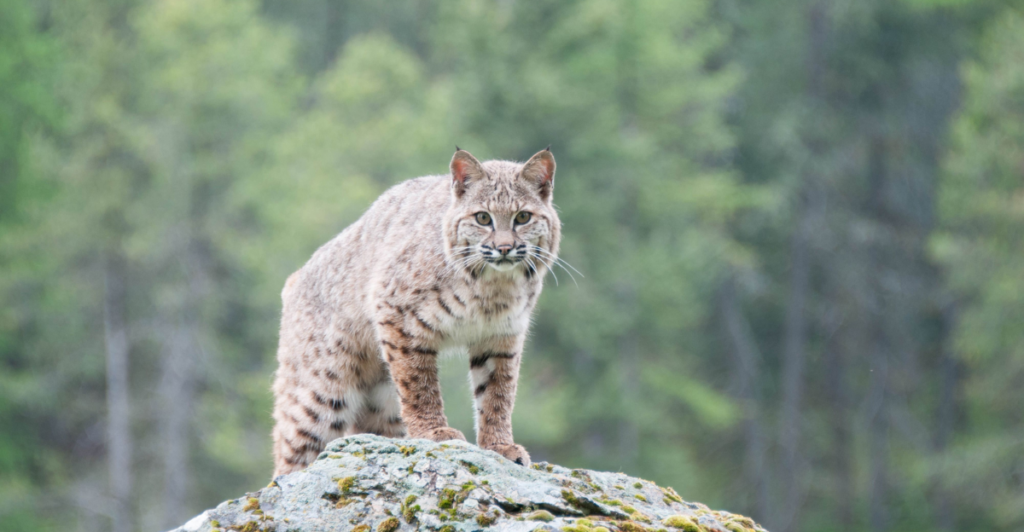
As cities sprawl outward, they break up the continuous habitats bobcats once relied on. Forests get sliced into parks, backyards, and greenbelt corridors. And guess who learns to adapt? Bobcats.
These cats are surprisingly good at navigating human-altered landscapes. They follow streams, fence lines, and trails—quietly slipping through neighborhoods without most people even noticing. But the more we take, the less wild they have left.
So when you see one in your yard, it’s not because they’ve changed—it’s because their space has. Bobcats are just figuring out how to survive in the jigsaw puzzle of suburbia we’ve created. And so far? They’re doing a pretty solid job.
Food Everywhere – The Backyard Buffet Effect
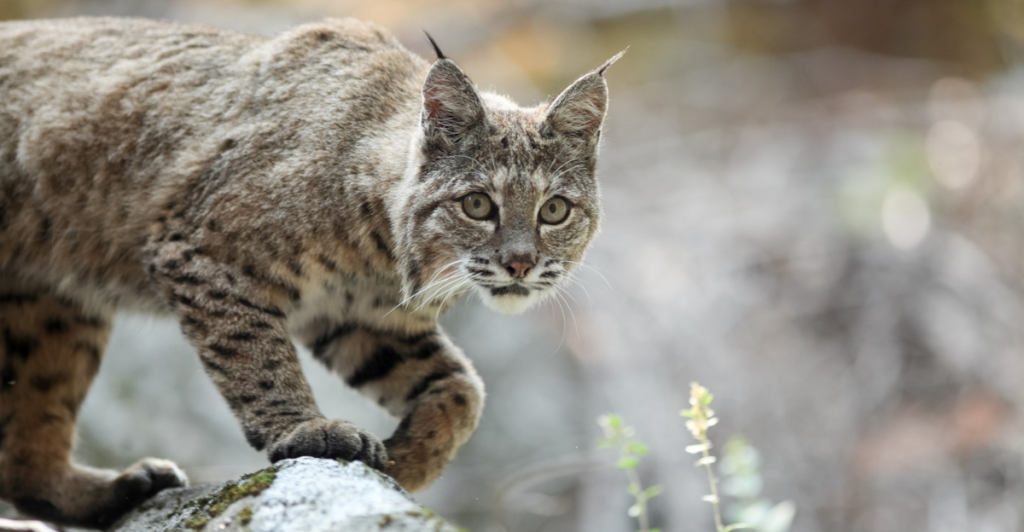
Turns out, the suburbs are a snack-filled wonderland for bobcats. Think squirrels, rabbits, voles, birds—all thriving around bird feeders, compost piles, and gardens. Easy pickings for a stealthy hunter.
We don’t even realize we’re helping. Leaving pet food outside, tossing scraps, or even just keeping bird feeders too full attracts prey animals. And where there’s prey, predators follow. It’s not malice—it’s instinct.
Bobcats aren’t prowling for your schnauzer (although caution is smart). They’re after the buffet we accidentally set up. And honestly? Who can blame them for following the food?
Mating Season – Love Makes Them Bold

Like most wild animals, bobcats tend to stay hidden—until hormones kick in. Mating season runs late winter to early spring, and during this time, bobcats roam farther and act bolder.
Males especially will stretch their range to find a female, and that can lead them into unfamiliar territory. Suddenly, your quiet neighborhood becomes part of a big romantic detour. Cue the sightings.
Juveniles also start branching out around this time, looking to establish their own territories. With development spreading everywhere, that sometimes means crossing through human turf.
Climate Change – Shifting Seasons, Shifting Sightings

Warmer winters and longer warm seasons mean prey animals are active for more of the year—and so are bobcats. That increased activity can lead to more daytime sightings, even in populated areas.
Climate change also affects water sources and vegetation, nudging wildlife to move or expand their range. Bobcats follow where food, shelter, and water are easiest to find—and that often includes fringe suburbs and rural towns.
In short, a changing climate is shuffling the deck for all wildlife. Bobcats aren’t necessarily increasing in number—but the odds of running into one? Higher than ever.
Misidentification – Not Always What It Seems

Some “bobcat sightings” aren’t bobcats at all. Housecats, coyotes, and even foxes are often mistaken for bobcats—especially from a distance or on grainy security cam footage.
Bobcats have short tails, tufted ears, and muscular builds. But they’re quiet and elusive, so actual sightings tend to be brief. Add a dash of social media panic, and suddenly one bobcat becomes a neighborhood invasion.
That said, legitimate sightings are increasing. Just don’t assume every cat in your bushes is a wild predator. Sometimes it’s just Boots from two doors down.
Are Bobcats Dangerous? Here’s the Real Risk

Generally speaking? Bobcats want nothing to do with us. They’re shy, solitary, and mostly nocturnal. Attacks on humans are incredibly rare—and usually involve a sick or cornered animal.
That said, they’re still wild predators. They can pose a threat to small pets or outdoor poultry. If you’ve got chickens, kittens, or toy poodles outside unattended? Maybe keep an eye out.
Bottom line: don’t feed them, don’t chase them, and don’t corner them. Respect the wild, even when it shows up in your cul-de-sac. It’s safer for everyone that way.
How to Keep Bobcats Out of Trouble (And Your Yard)
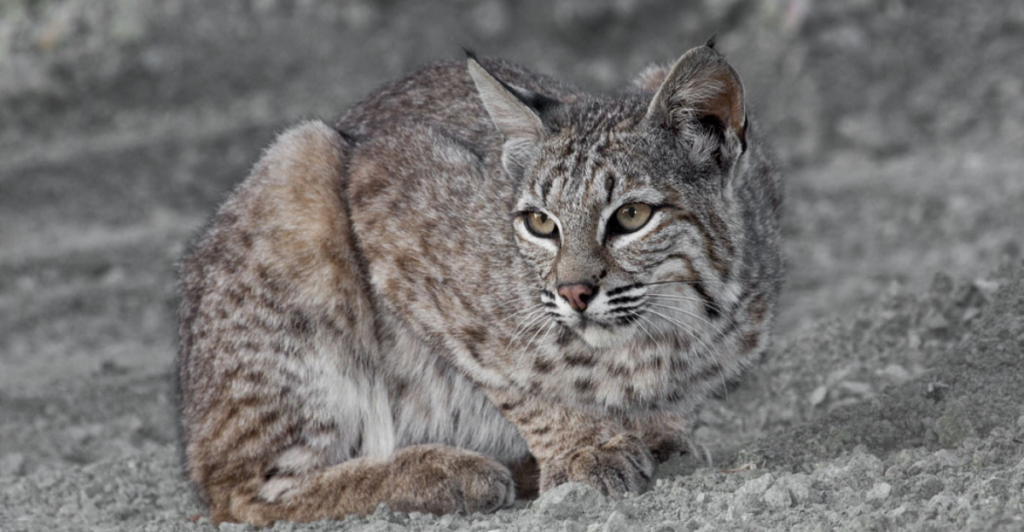
If you don’t want to accidentally host a bobcat Airbnb, take a few simple steps. Bring in pet food. Secure trash cans. And for the love of your chihuahua, don’t leave small pets outside unattended.
Clean up brush piles and trim dense vegetation—bobcats like cover for stalking prey. If your yard is wide open, they’re less likely to stick around.
Motion-sensor lights, fencing, and noise deterrents can also help. But really, it’s about removing the stuff that attracts prey. No squirrels, no party.
What to Do If You Spot One
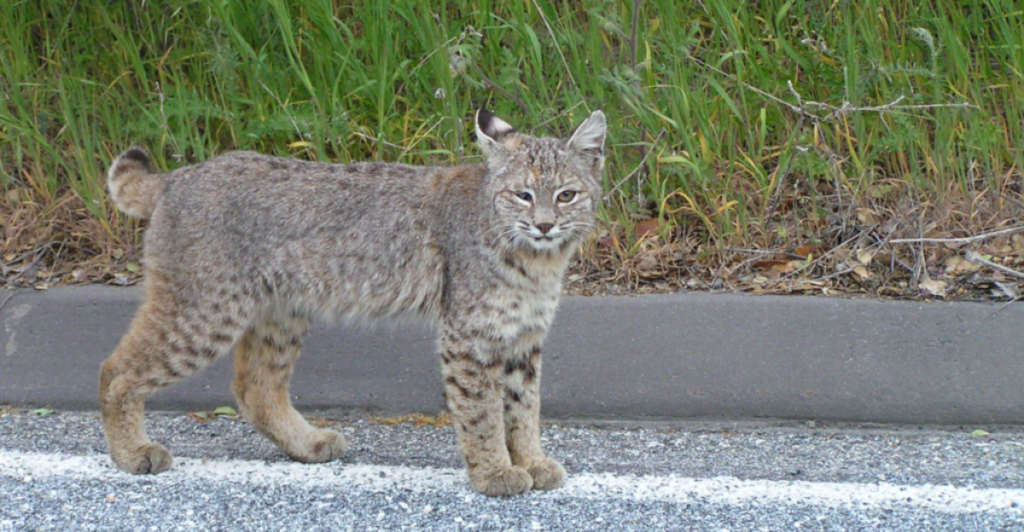
First off—don’t panic. If the bobcat isn’t acting aggressive or sick, just observe from a distance. Most are just passing through. Let them do their thing.
Keep pets and kids indoors, then calmly discourage the cat with noise or sprinklers if it lingers. Don’t try to “shoo” it away up close. It’s not a housecat—it’s a wild animal.
Report frequent sightings to local wildlife officials, especially if the animal looks sick or disoriented. They’ll know if action’s needed—or if nature is just being nature.
A New Normal, With a Wild Side
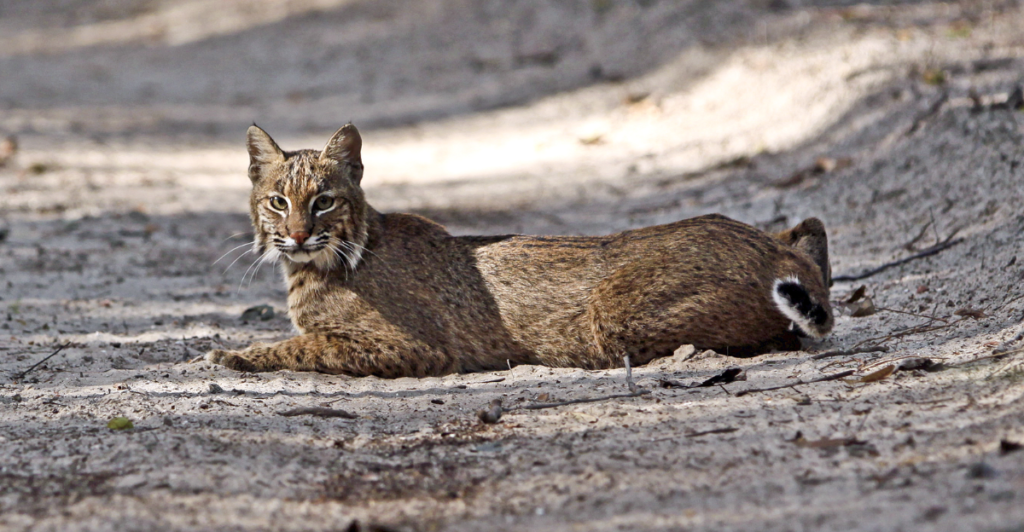
Seeing bobcats in neighborhoods isn’t a sign of doom—it’s a sign of how much the wild and urban now overlap. They’re not invading. We just share space more than we used to.
With awareness and simple precautions, we can coexist without drama. Bobcats do important work keeping rodent populations in check—they’re not villains in your garden.
Respect the space, keep the trash locked up, and enjoy the rare glimpse of wild beauty right in your backyard. Because honestly? That’s kinda awesome.
Explore more of our trending stories and hit Follow to keep them coming to your feed!

Don’t miss out on more stories like this! Hit the Follow button at the top of this article to stay updated with the latest news. Share your thoughts in the comments—we’d love to hear from you!







